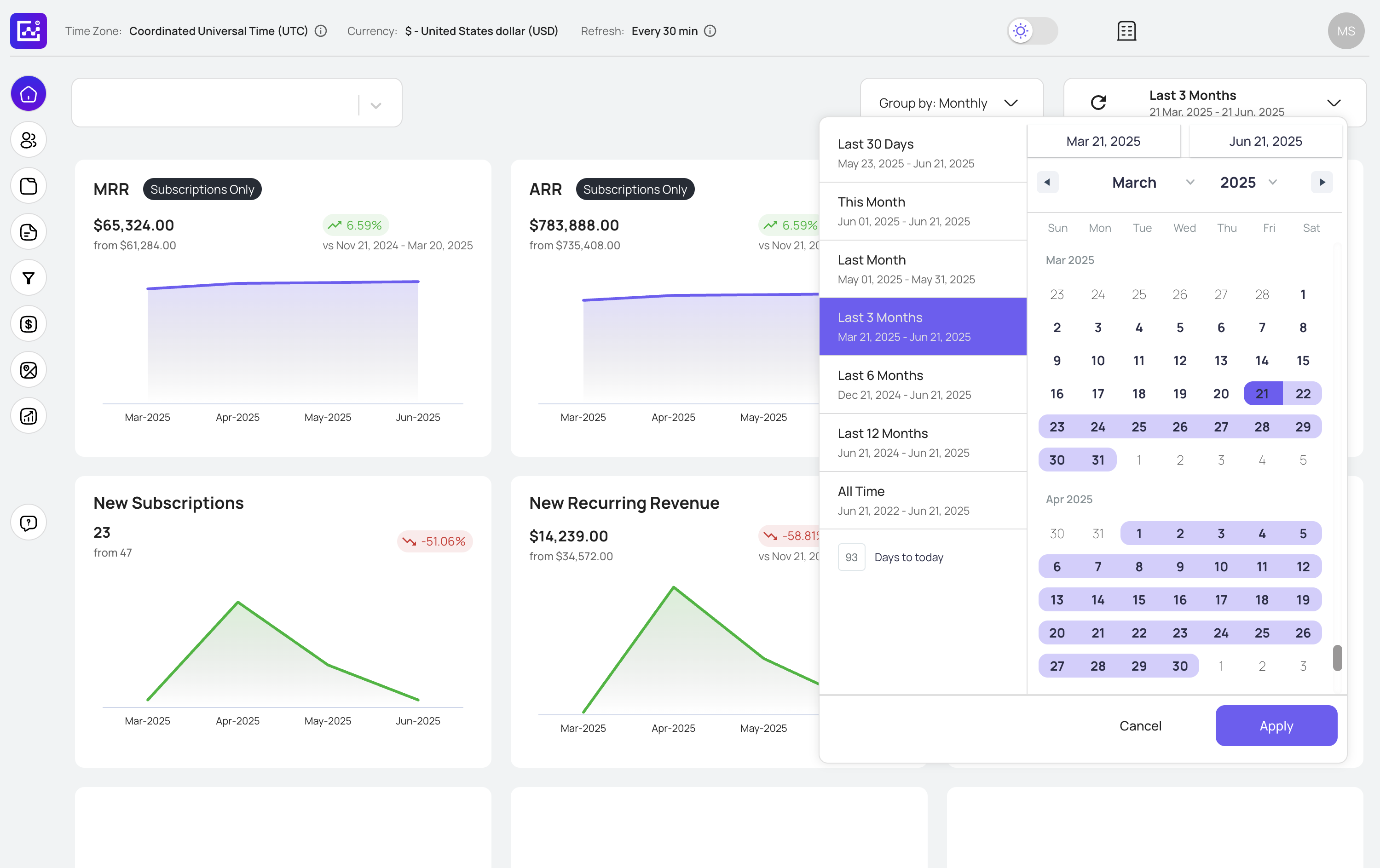Valuation Multiple Analysis
See how different revenue multiples affect your company's valuation. This interactive chart shows you the relationship between growth rate and typical market multiples for SaaS businesses.
Understanding where your business falls on the valuation spectrum helps you set realistic expectations for fundraising, acquisitions, or strategic planning decisions.


